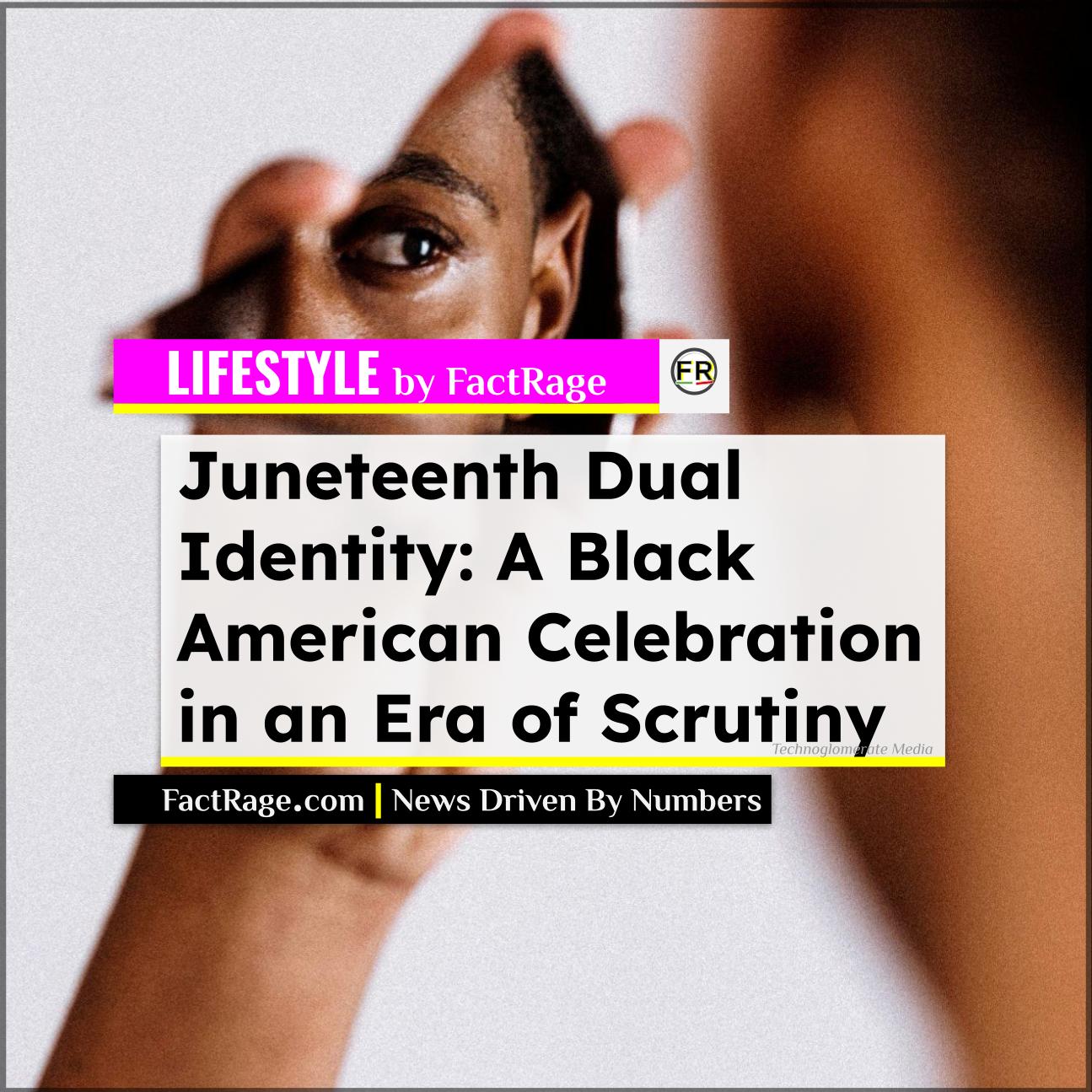NATIONWIDE – While a jury has rendered its verdict, the Karen Read trial will be remembered less for its legal outcome and more for the unprecedented social media spectacle that surrounded it, transforming a Massachusetts case into a national fixation fueled by a relentless blogger, an army of online supporters, and a powerful narrative of a deep-state cover-up.
Key Facts
- The ‘Free Karen Read’ Movement – The case’s notoriety was driven by the ‘Free Karen Read’ campaign, which organized online, sold merchandise, raised over $1 million for Read’s defense, and held daily pink-clad vigils outside the courthouse.
- A Blogger’s Influence – Independent blogger Aidan Kearney, known as ‘Turtleboy,’ was central to promoting the defense’s frame-up theory through his blog series, which mobilized supporters and led to his own arrest on witness intimidation charges.
- A Flashpoint for Distrust – The trial became a focal point for public distrust in law enforcement, amplified by a separate federal investigation into the handling of the case and defense claims of a conspiracy among officials.
The trial was not just decided in a Dedham courthouse; it was debated, dissected, and litigated daily in the court of public opinion. Livestreams of the proceedings garnered tens of thousands of concurrent viewers, while TikTok, YouTube, and X (formerly Twitter) became hubs for a new kind of true-crime analysis.
How a ‘Frame-Up’ Narrative Went Viral
At the heart of the public’s fascination was the potent defense theory that Karen Read did not kill her boyfriend, John O’Keefe, but was instead the scapegoat in a far-reaching conspiracy. This narrative, referred to as the “Canton Cover-Up,” alleged that O’Keefe was beaten inside a fellow police officer’s home and that local and state law enforcement colluded to frame Read for the crime.
This theory found fertile ground online. Supporters, many identifying with Read as a woman wronged by a powerful system, coalesced under the banner of “Free Karen Read.” They created a highly visible presence, both online and in person, with supporters—often wearing pink, reportedly Read’s favorite color—becoming a daily fixture outside the Norfolk Superior Court. Their efforts were not just for show; a legal defense fund raised more than $1 million from thousands of small-dollar donors. What was the source of this intense loyalty to a defendant in a murder trial? For many, it was a belief that they were witnessing a fight against a corrupt system.
The Role of ‘Turtleboy’ in Shaping the Story
No single figure was more central to this phenomenon than Aidan Kearney, a controversial blogger who publishes under the name “Turtleboy.” Through his website, Kearney became the chief amplifier of the cover-up theory. He published a prolific series of articles dissecting evidence, identifying key figures in the alleged conspiracy, and relentlessly attacking the prosecution’s case and the police investigation.
Kearney’s reporting energized Read’s base and drew national attention, but his methods also brought intense legal scrutiny. He was arrested and indicted on multiple felony charges, including witness intimidation and conspiracy, related to his interactions with individuals who testified for the prosecution. Kearney, who denies wrongdoing, became a story in his own right, embodying the blurry line between citizen journalism and illegal harassment.
A Case Study in Public Skepticism
Why did this particular case explode in a way others do not? The Karen Read trial tapped into a growing vein of American skepticism toward institutions. The defense’s allegations of misconduct were bolstered by the revelation of profane and biased text messages from the lead investigator, Trooper Michael Proctor, and the existence of an ongoing federal grand jury investigation into the handling of the case.
For a significant portion of the public, the trial ceased to be about one woman’s guilt or innocence. Instead, it became a proxy battle over trust—in the police, in the courts, and in the media. The saga of Karen Read illustrates the power of a social media-driven narrative to rival, and in the minds of many, to overcome the official story presented in a court of law.













